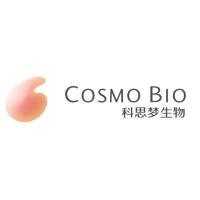Cytoplasmic Transfer in Mammalian Eggs and Embryos
The cytoplasm of oocytes and early embryos is literally the “stuff of life.” The mature mammalian oocyte is an enormous cell invested with all the components required for the initiation of development. Through embryonic cloning scenarios, it is now clear that such cytoplasm is a primary requirement—necessary and sufficient (with some limitations) for supporting term development even through the control of a previously quiescent somatic genome (1 ,2 ). However, the components and mechanisms at work in the cytoplasm of eggs and early embryos satisfying this requirement remain mysterious and are the subject of considerable research. Ooplasm harbors the factors responsible for the events of fertilization/activation, maternal and paternal genome remodeling, epigenetic programming, embryonic genome activation and early development. Research into these areas is not only of great importance to our understanding of basic developmental biology, but also has critical implications in animal husbandry and biotechnology (3 ), as well as in assisted reproductive medicine (4 ). Experimental manipulation of the cytoplasm of oocytes and early embryos has been a significant component of this research. Also, such manipulation has recently been used to directly address ooplasm-specific defects in human reproduction (5 ). This chapter presents concepts and techniques for the manipulation of cytoplasm in mammalian eggs and early embryos and provides a brief review of knowledge gained from such research.
![预览]()






